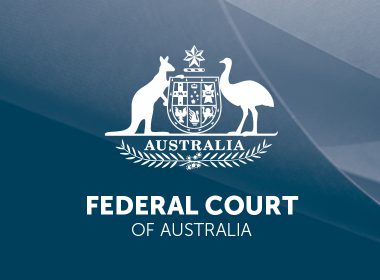Key decisions
- Lamb v Sherman [2023] FCAFC 85
- V’landys v Australian Broadcasting Corporation [2023] FCAFC 80
BANKRUPTCY
Appeal from making of sequestration order – on the last day for compliance, bankrupt electronically lodged application to set aside bankruptcy notice under s 41(6A) of Bankruptcy Act 1966 (Cth) –Federal Court Rules 2011 deems electronic lodgment after 4:30pm to be filed, if accepted, on next business day
Lamb v Sherman [2023] FCAFC 85 (Rares, Rofe and Downes JJ)
This case highlights the importance of filing within time and the difficulties which may arise when an important filing deadline is missed.
Facts
A sequestration order was made against the debtor, Ms Lamb, by the judgment creditor, Mr Sherman. The primary judge found Ms Lamb had committed an act of bankruptcy by failing to comply with a bankruptcy notice within the 21 days permitted (that is, by 15 June 2022).
At 4:37pm on 15 June 2022, Ms Lamb’s solicitors electronically lodged with the Court an application to set aside the bankruptcy notice, under s 41(6A) of the Bankruptcy Act 1966 (Cth) (‘Bankruptcy Act’). Had the document been lodged seven or more minutes earlier (that is, by 4:30pm) the document would have been deemed to have been filed on that day (r 2.25(3)(a) of the Federal Court Rules 2011). The Registry accepted the filing of the application at 2:44pm on 16 June 2022. On 16 June 2022, and shortly after the filing of Ms Lamb’s application to set aside, Mr Sherman filed his creditor’s petition.
The Registrar made orders extending Ms Lamb’s time for compliance with the bankruptcy notice until 6:00pm on 6 October 2022 before granting a further extension to 24 November 2022 when her application to set aside the notice was heard. No further extension was granted and Ms Lamb’s application was dismissed.
The creditor’s petition came before the primary judge and the sequestration order was made on the basis that an act of bankruptcy had occurred on 15 June 2022.
The issue on appeal
The main issue was whether Ms Lamb did not need to comply with the bankruptcy notice because she had been granted orders extending the time for compliance. Assuming there was no existing act of bankruptcy at the time the creditor’s petition was filed, it was Ms Lamb’s case that the Court lacked the power to make the sequestration order (s 44(1)(c) of the Bankruptcy Act).
On appeal, Mr Sherman sought leave to review the Registrar’s extension orders. This was on the basis that the Registrar lacked the power to grant the extensions in circumstances where the application to set aside the bankruptcy notice had not been filed within time. Mr Sherman argued the decision of Streimer v Tamas [1931] 37 ALR 211 (‘Streimer’) was plainly wrong and ought not be followed. That case addressed a judge’s inadvertent failure to continue an order extending the time for compliance when adjourning overnight. In Streimer, orders granting the extension were made nunc pro tunc (from the beginning).


